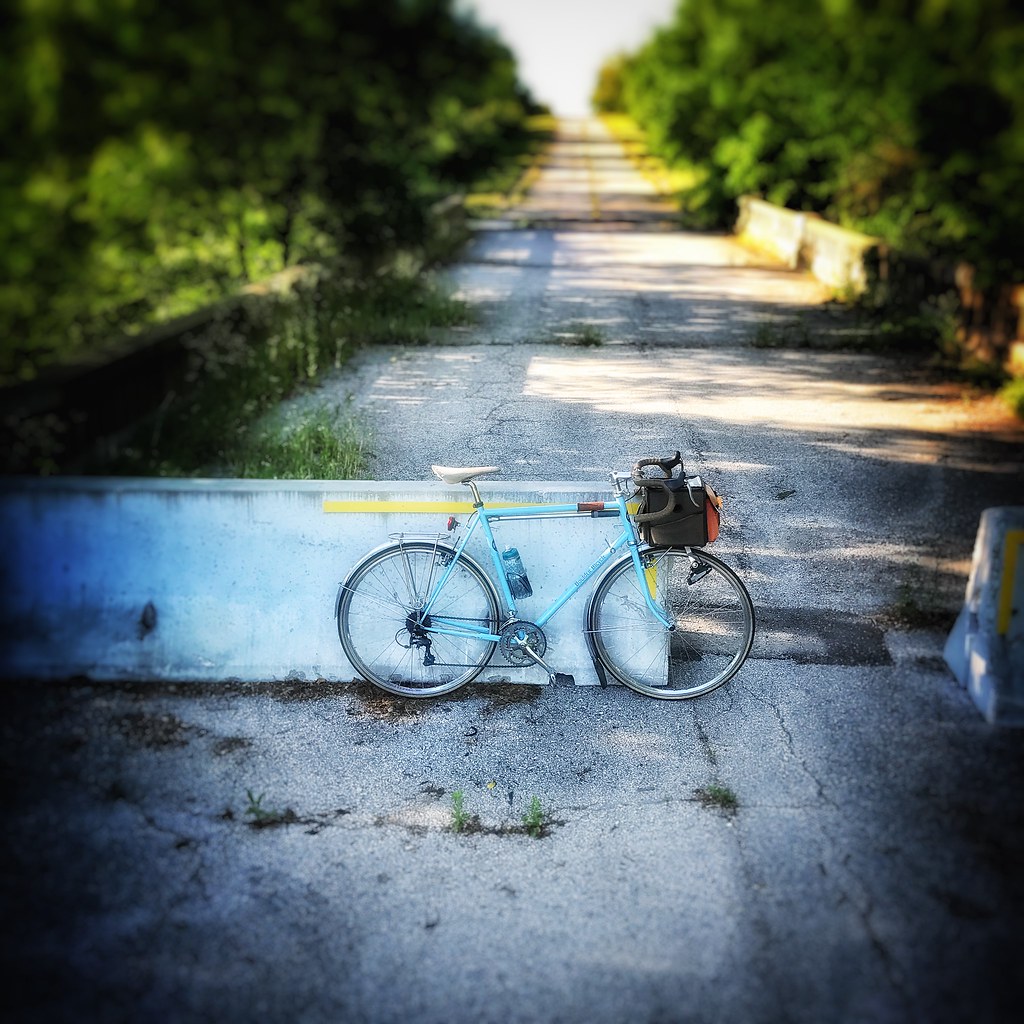
As 2017 draws to a close today, I’m a little intrigued by the promising revival of a few storied makers. A few years ago, Compass and Boulder revived the Rene Herse name. And while some may grouse that these are mirrors of the original product, I’d argue that they’ve done right by the name and continued to innovate.
Although they’ve played their cards close to the vest, Chater-Lea is staging some kind of revival as well. What exactly that means is still anyone’s guess, but in 2017 their Instagram account and newsletter has been a constant and merciless tease of things to come that kind of excites me.
For those of us who continue to torture our souls with French bike-ness, 2017 served up an intriguing revival, that of French saddle maker Ideale. Like Chater-Lea, it was difficult to discover anything concrete about them until recently. Their website is under construction and the links don’t work at all, but once again Instagram came to my rescue: their account page has a message link. Katia, one of the two people working on the Ideale revival, promptly responded back to my query with some interesting information:
Hello Mark,
Thank you for your message and your interest. Sorry our website is still
under construction. We are only two people, my husband and I on this
project.
My husband, Fred, found the former team of Ideale, they are retired old
people who accepted to help us and show us their know-how because they
regretted the disappearance of this prestigious brand.
They worked hard together for 5 years to recreate all the tools needed
to make the saddle.
The Idéale 90 is a traditionally-made product manufactured in the purest
traditional method.
As for the original saddles, we use high-quality leather. It is a
12-months oak bark tanned leather. Only 3 tanneries in Europe, and only
one in France are still able to manufacture this quality of leather.
As at the time, the Idéale 90 will be offered either in black color
(tinted according to a very old process that reacts metallic salts with
the tannins of the leather, this color will acquire a dark brown patina
like natural leather) or in natural. Both are full grain leather, not
corrected. Each piece of the chassis is handmade with the highest
possible quality.
It will be a very small production because we are only 2 on this
project.
The gauge is not cut staggered in the croup, but respecting the leather
fibers and the different thicknesses. This makes it possible to adapt a
thickness of leather to a cyclist weight and thus makes it possible to
have a saddle that is the most adapted to the morphology. The cyclists
below 75Kg who tested our saddles find a real comfort on the less thick
ones.
The price is 210 euros + shipping cost, Paypal is currently the only way
currently for international payments.







